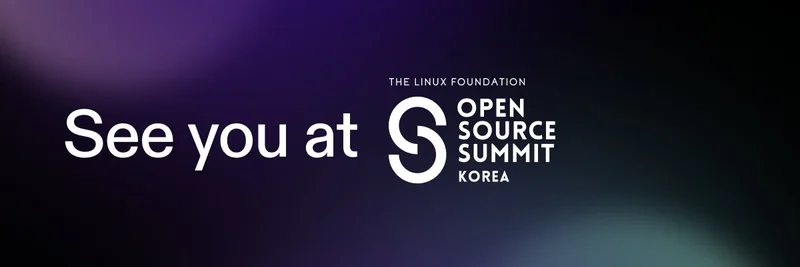Hey there, crypto enthusiasts! If you’ve been scrolling through X lately, you might have stumbled across a fiery debate about blockchain scalability and adoption. One post that’s got everyone talking comes from chase 📱 (@therealchaseeb), who dropped a bold take on July 25, 2025. He called out the infamous "if you build it, they will come" mindset as "the most retarded take in all of technology" while quoting a thread from Eli Ben-Sasson (@EliBenSasson) about Starknet’s edge over Solana. Let’s dive into this spicy exchange and unpack what it means for the blockchain world—especially for those of us tracking meme tokens and emerging tech!
The Spark: Starknet vs. Solana Showdown
Eli Ben-Sasson, a key figure behind Starknet, kicked things off by praising his project’s scalability. He argued that Starknet can handle thousands of transactions per second (TPS)—even complex ones—without forcing users to upgrade their hardware. Unlike Solana, which relies on beefy servers to process its high-speed blocks, Starknet uses zero-knowledge rollup tech to scale efficiently while keeping Ethereum’s security. This caught the eye of toly (@aeyakovenko), a Solana co-founder, who pushed back, suggesting Solana’s strength lies in its ability to handle massive packet loads to create large blocks.
This technical tug-of-war set the stage for chase’s critique. By quoting Eli’s post, chase zeroed in on the underlying assumption: building a better blockchain doesn’t automatically attract users. And he’s not wrong to question it—blockchain adoption isn’t just about raw tech specs.
Why "If You Build It" Falls Flat
The phrase "if you build it, they will come" harks back to the 1989 movie Field of Dreams, where a farmer’s baseball field magically draws crowds. In blockchain, it’s often used to justify pouring resources into infrastructure, hoping users and developers will follow. But chase’s skepticism resonates with a harsh reality: tech alone doesn’t guarantee success.
Take meme tokens, for example—projects like Dogecoin or Shiba Inu thrive not just because of their tech but because of community hype and real-world use cases. Starknet might boast 10,000 TPS potential, but without apps or users to leverage that power, it’s just a fancy tool gathering dust. Solana, on the other hand, has built a robust ecosystem with DeFi and NFT projects, proving that use cases drive adoption. As ajey (@ajey_eth) pointed out in the thread, "You cannot get users without usecases"—a sentiment echoed by others like Ahmerd_ | Arichain (@Ahmerd_Abdullah) and Pharaox (@x0RADA).
The Bigger Picture for Blockchain Practitioners
For those of us at Meme Insider, this debate highlights a key lesson: scalability is critical, but it’s only half the battle. Starknet’s zero-knowledge tech (which uses advanced math to verify transactions off-chain) is impressive, and Solana’s Proof of History mechanism (a clever way to timestamp transactions) is a game-changer. But neither matters if developers and users don’t see value.
If you’re building on blockchain—whether it’s a meme token or a DeFi app—focus on creating real utility. Think gaming platforms, decentralized exchanges, or even social media integrations that resonate with people. Check out Starknet’s developer hub for resources, or explore Solana’s ecosystem to see how they’ve attracted big players.
Final Thoughts
Chase’s post isn’t just a rant—it’s a wake-up call. The blockchain space is crowded, and standing out requires more than a slick tech stack. As we track meme tokens and emerging trends at Meme Insider, we’ll keep an eye on how projects like Starknet and Solana turn potential into adoption. What do you think—does better tech win, or is it all about the community? Drop your thoughts in the comments, and let’s keep the conversation going!



